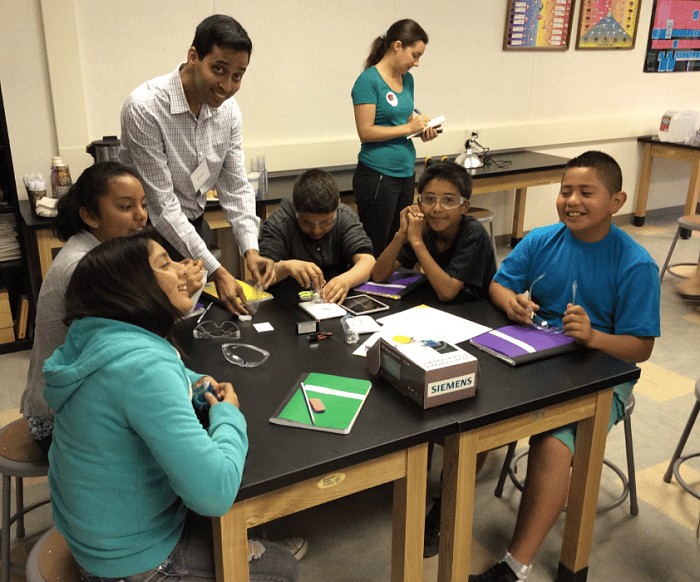Time for the President To Pay More Attention To Picking A Secretary of Education

Whether Donald Trump or Joe Biden wins in the presidential election of 2020, we need a new kind of Secretary of Education — someone who has classroom teaching experience beyond grade 5 and has administered an elementary, middle, or high school for at least a couple of years or so. This experience gives teaching faculty a chance to understand and tell us a little bit about a candidate's supervisory style. No need for a particular ethnicity or race or gender. We've tried using all these sociocultural criteria, especially in our major cities. But no criterion has worked for most kids.
Who could be recommended for Secretary of Education? Perhaps all parents would agree that such a person needs classroom teaching experience, knows well at least one of the subjects typically taught in K-12, and has read a lot and writes well. All parents might also agree that it would be useful to have a Secretary of Education who knows research on beginner-readers as well as research on beginning arithmetic education.

